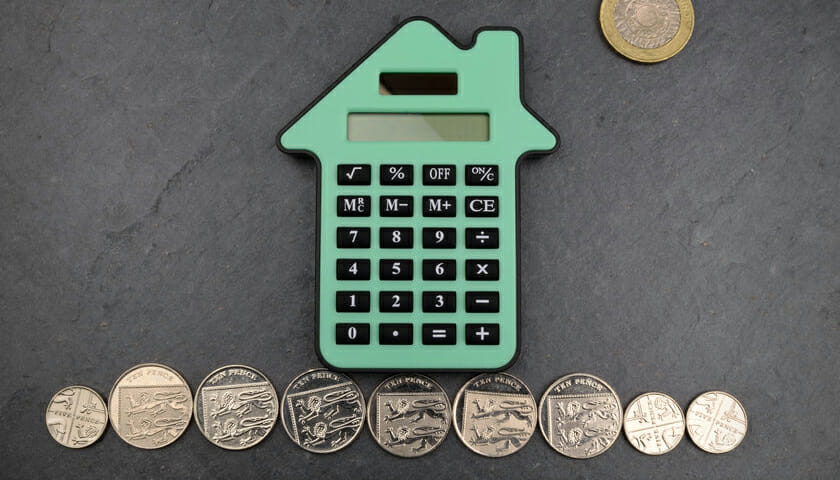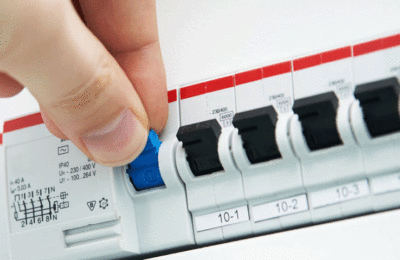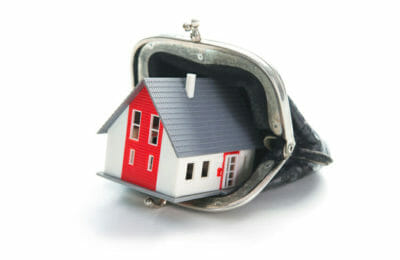Buy to let tax traps – if you’re a buy-to-let landlord, you’ll know that changes to the tax regime over the last few years are making incomes drop.
The biggest hit on buy to let tax came from the restriction of relief on finance costs in general and on mortgage relief in particular. Since April 2020, you have not been allowed to deduct ANY of this expenditure from your property income to calculate your pre-tax property profits.
Instead, you get a basic rate reduction from your income tax liability.
The government stated, “This will ensure that landlords with higher incomes no longer receive the most generous tax treatment.”
That’s true, as you can see from our calculations on this page. But if you are a basic rate taxpayer, it’s a mistake to think that your income hasn’t suffered. Sadly, in many cases, it has – but in rather less obvious ways.
So, what are the elephant traps a landlord who pays basic rate income tax can fall into?
Most of the problems come from your taxable income increasing.
Imagine you pay £8,400 in mortgage interest on a rental property. Under the old rules (which ended in 2015), you could deduct the full amount from your taxable profit. But nowadays that £8,400 is added to your taxable profit. This can easily tip you over the £37,501 threshold that transforms you into a higher rate taxpayer.
When this happens, you could easily fall into these elephant traps:
- Losing your marriage allowance: spouses can’t transfer all or part of their personal tax allowance to each other if both are higher rate taxpayers. This could lose you thousands – as you can see on this page.
- Reduction or loss of child benefit. If your taxable income goes over £60,000, some or all of your child benefit can be taken back via the High Income Child Benefit Charge.
- Increased Capital Gains Tax. Higher rate taxpayers pay 24% instead of 18%, which could make a serious dent in your profits if you sell a rental property.
- More tax on savings. Basic rate taxpayers have a personal savings allowance of £1,000 – this drops to £500 when you hit the 40% income tax band.
- More tax on dividends. Higher rate taxpayers shell out tax at 33.75% on dividend income, instead of 8.75%.
Even if you aren’t pushed into higher rate tax, you still need to look out for these traps.
- Higher Student Loan repayments. If your taxable income increases, it can easily push you into a higher Student Loan repayment band. This could see you moving from zero repayments to paying 9% of your pre-tax income over the threshold.
- A bigger child maintenance bill. If you pay child maintenance, a higher pre-tax income is likely to mean higher maintenance payments.
As you can see, the knock-on effects of the government removing relief on finance costs and mortgage relief can be very expensive. That’s why it’s essential to talk to your accountant, especially if you are likely to be tipped into higher rate tax – it’s quite possible that good advice could legally place you back in the basic rate band, meaning you can avoid many of the elephant traps above!
Find out more how THP can help Buy-To-Let Landlords.
About Karen Jones
Having worked for one of the world’s largest accountancy firms, Karen Jones uses her tax knowledge and skills to help clients obtain substantial reductions to their tax liabilities.
With an expanding portfolio of tax clients, Karen enjoys the variety her work brings her and particularly likes working with new businesses and people. With a growing number of tax clients, she frequently faces a variety of challenges and relishes the experience she gains as she solves them.
Karen likes the THP ethos: “I like the way the team has a professional, but friendly and down-to-earth approach – it creates a productive atmosphere that benefits everyone.”
Karen’s specialist skills:
- Personal Taxation
- Tax Efficient Planning
- Trust Administration












